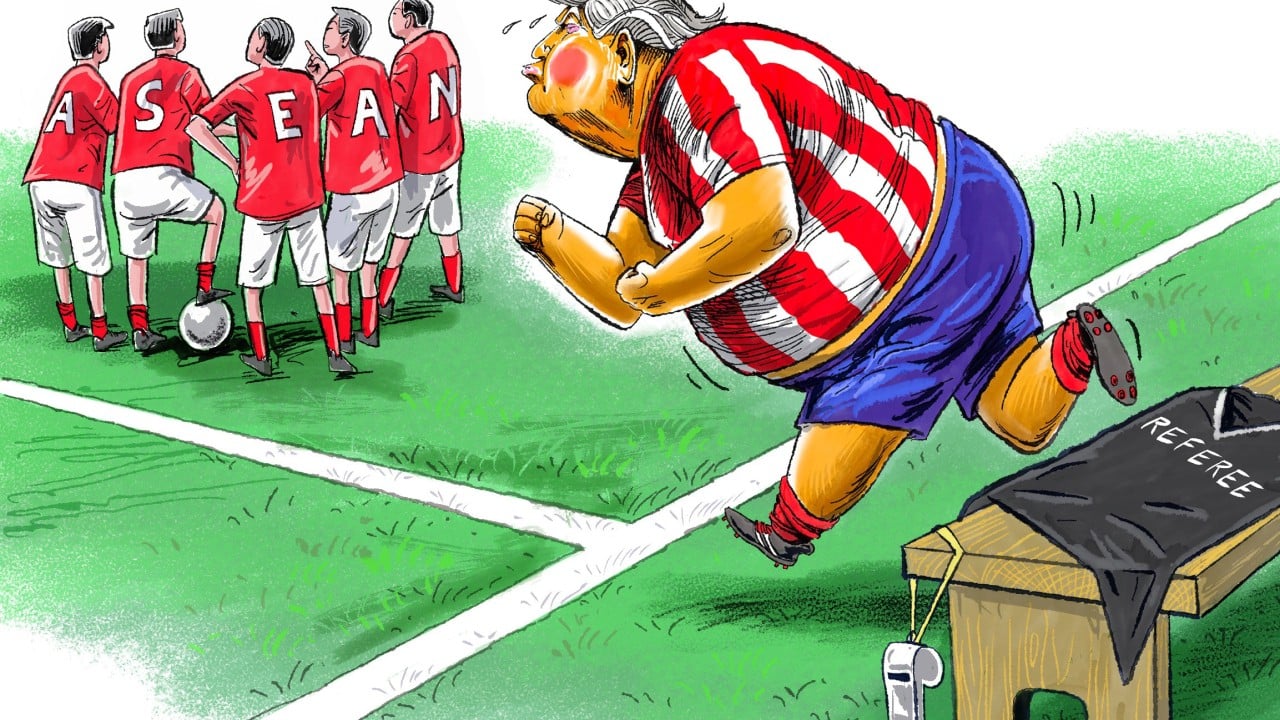The arrival of United States President Donald Trump in Kuala Lumpur, Malaysia, may appear to be a routine diplomatic gesture, but it carries far greater symbolic weight. His visit marks a turning point in Washington’s struggle to remain relevant in a world where its power no longer defines the terms of engagement.
Advertisement
For decades, Asia listened when America spoke. Today, it still listens, but it no longer obeys.
The Association of Southeast Asian Nations (Asean) was born in an era when the Global South sought autonomy from the rival blocs of the Cold War. Trump’s presence at Asean underscores how dramatically global and regional dynamics have shifted. The US, once the centre of gravity, now orbits around new constellations of power.
While the US has engaged with Asean for decades, former US president Joe Biden was notably absent from major summits after his second year in office, only attending one in-person summit after Covid-19. Trump himself lost interest in the bloc during his first term, skipping all major meetings after 2017.
Washington’s willingness to re-engage Asean, on the bloc’s own terms, is not a gesture of generosity, but an act of necessity, perhaps evidenced by the signing of rare earths deals with Malaysia and Thailand.
Advertisement
The US can no longer afford to ignore a grouping that represents one of the fastest-growing regions in the world, one increasingly setting its own agenda on trade, technology and security. For Southeast Asia, Trump’s visit is less about nostalgia for American leadership and more about a pragmatic opportunity to balance between global superpowers without taking sides.

